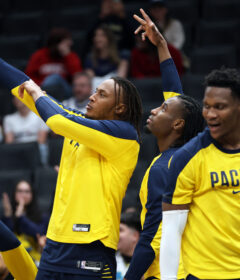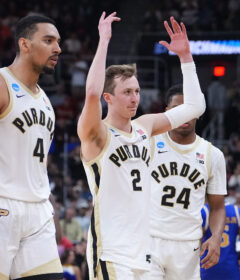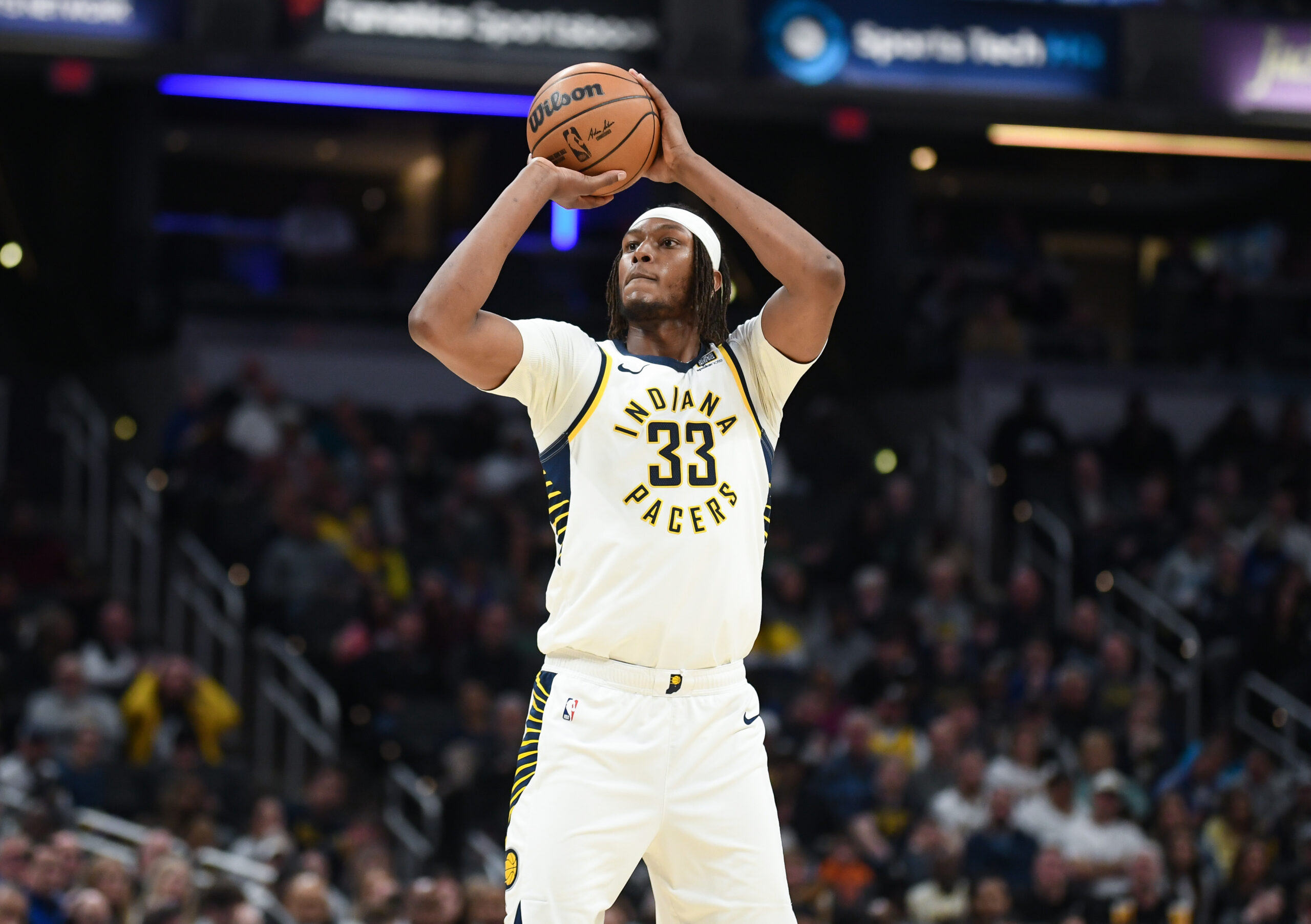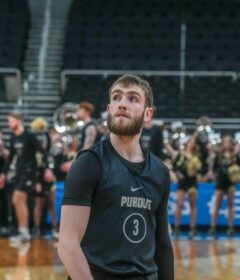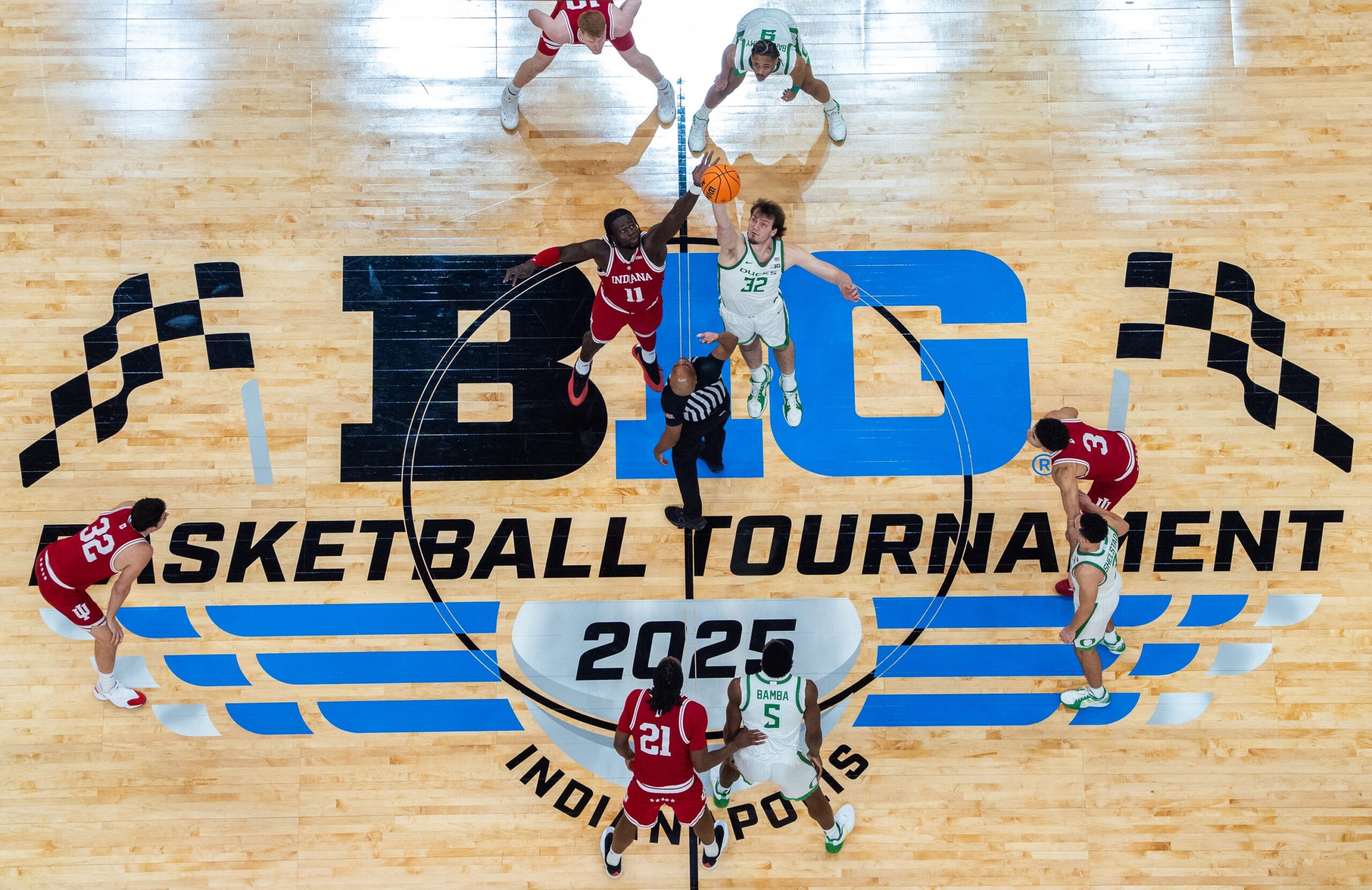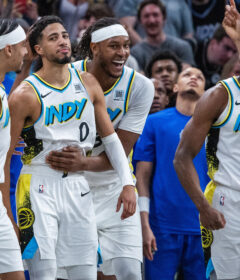Griffiths: Keady cements his legendary status with Hall of Fame invite

By DOUG GRIFFITHS
ISL Assistant Editor
Note: Griffiths covered Keady’s teams while he was editor of Gold and Black Illustrated.
Gene Keady is a legend at Purdue and rightfully so.
He’s the winningest basketball coach in Boilermaker annals and the second-winningest in Big Ten history. The Larned, Kan. native guided Purdue to six Big Ten Championships during his 25-year tenure, including three straight outright titles from 1994-96.
As if Keady needed anymore accolades to bolster his resume or his legacy, he got the creme de la creme this week when it was announced that he’ll be inducted into the College Basketball Hall of Fame come November.
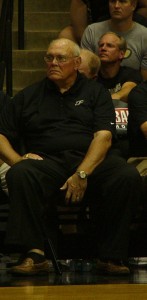
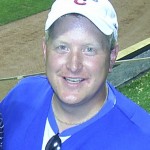
“I am very humbled and happy to be inducted into the National Collegiate Basketball Hall of Fame,” Keady said. “Throughout my career, I have been fortunate to have been surrounded by great student-athletes, outstanding coaches, a supportive family and so many individuals that I would like to thank and share this award with.”
One of Keady’s Purdue players who he passed the baton to to take over the Boilermaker program, Matt Painter, couldn’t be happier for the man that recruited him out of Muncie Delta High School.
“Aside from being one of the greatest ever to coach the game, Coach Keady has been a mentor to so many men who played for him at Purdue,” Painter said. “His accomplishments speak for themselves. I’m thrilled to see him receive this well-deserved honor.”
With the latest announcement, it’s a given that Keady’s legendary status in West Lafayette will grow exponentially.
No, Keady didn’t win a national championship or get Purdue to a Final Four, but he’s more than deserving for inclusion among college hoops’ greatest.
This is a man that despite the advice of legendary Marquette boss Al McGuire took the Purdue job, replacing Lee Rose. McQuire told Keady he would struggle at Purdue, especially living in the shadows of IU’s Bob Knight.
Well, Keady more than held his own against Knight. In fact, Keady’s Boilermaker teams posted a 21-20 record against Knight’s Hoosiers as arguably the two greatest coaches the Big Ten has ever seen had epic battle after epic battle.
Entering the 1980-81 season, Keady inherited a Purdue program that was fresh off a Final Four appearance and a third-place national finish (yes, back then they had a consolation game).
Four years into the Boilermaker job, he took a squad of somewhat misfits (i.e. Jim Rowinski) and led them to the 1984 Big Ten title. It was the first time of what would be many that Keady got his team to overachieve and do what the prognosticators thought wasn’t possible.
After winning his first conference crown, Keady welcomed what would be his best recruiting class ever at Purdue as a trio of high school studs named Troy, Todd and Everette arrived on campus in the fall of 1984.
Yes, Lewis, Mitchell and Stephens didn’t take long to put their stamp on Keady’s program and propel Purdue basketball back into the national spotlight.
The trio helped the Boilermakers to back-to-back Big Ten championships in 1987 and 1988 and won 96 games over their four-year careers.
In ’88, Purdue was a mainstay at the No. 2 spot in the polls and after breezing through the first two rounds of the NCAA Tournament, everyone thought the top-seeded Boilermakers would finally deliver Keady to the promise land – the Final Four.
But Mitch Richmond and his Kansas State team had other ideas and ripped the hearts out of Purdue fans nationwide, beating the Boilermakers in Pontiac, Mich. in the Sweet 16.
Perhaps no loss in Keady’s tenure was more difficult for the Boilermaker boss to swallow than that one in the Silverdome. He knew his team was Final Four worthy and might very well have won the national championship, but in the one-and-done tournament format, you just never know.
After suffering his first losing season at Purdue (1988-89), Keady seriously considered leaving for Arizona State, but his loyalty to the school he adored was too great and he opted to stay.
After that sub-par year, Keady once again led his band of no-names, including Stephen Scheffler, the Big Ten Player-of-the-Year, to within an eyelash of another Big Ten title (had it not been for an awful call at Michigan State, Purdue would’ve won the league crown that year as well).
Still, the ’89-90 Boilermakers got a No. 2 seed and were rewarded with playing in Indianapolis’ Hoosier Dome, but again there would be heartbreak. This time it was Texas.
Purdue looked as though it would beat the No. 10-seeded Longhorns in thrilling fashion. Instead, Tony Jone’s driving layup was rejected and the Boilermakers were sent home once again earlier than they had hoped.
The following season was highlighted by Keady’s finest recruiting hour when he landed All-American Glenn Robinson out of Gary. Robinson, along with Chris Webber, was considered the nation’s No. 1 high school player.
In addition to constantly hearing about his NCAA Tournament shortcomings, Keady got an earful from critics about how he fell short on the recruiting trail. Luring Robinson though changed some of that.
Robinson chose Purdue, despite having Michigan apply a full-court recruiting assault to try and get him to be part of what became known as the Fab Five.
After sitting out as a Proposition 48 casualty in ’91-92, Robinson took college basketball by storm as a sophomore and had one of the greatest seasons the game has ever seen in 1993-94 when he led the nation in scoring and earned consensus national player-of-the-year honors.
Robinson was spectacular. Even though every opponent knew the Old Gold and Black’s offense went through No. 13, very few could ever hold him somewhat in check.
Finally Keady had that elusive NBA first-round pick that seemed to be a necessary ingredient to get to the Final Four.
Purdue looked every bit the part of a Final Four participant in the Sweet 16, too, when it beat Roy Williams’ Kansas Jayhawks as Robinson went off for 44 points.
All that stood in the way of a trip to the Final Four was Duke, and as it would later be discovered Robinson’s bad back, which he tweaked the night before the game wrestling with some of his teammates.
You could tell something was wrong with Robinson as he didn’t resemble the player fans had grown accustomed to seeing with regularity in a Purdue uniform. As a result, the Blue Devils stunned the No. 1-seeded Boilermakers, who were sickened by the fact they had gotten within one game of getting Keady to the Final Four.
A couple more Big Ten championships followed, but that four-game winning streak necessary to get to the Final Four never happened.
In 1997-98, Keady looked like he had once again assembled a team that could be Final Four bound. A severely sprained ankle to sharp-shooter Jaraan Cornell though proved to be crippling as the Boilermakers were never the same team after the South Bend native got hurt in February.
The 1999-2000 team got hot when it mattered most and all that stood in its way from a trip to Indianapolis and the Final Four was pesky Wisconsin. However, Dick Bennett’s defensive-minded Badgers ended Purdue’s dream.
No one took the loss harder than Brian Cardinal, who was as emotionally as any player ever has been during an NCAA Tournament press conference.
Keady’s Boilermakers wouldn’t get any closer to that elusive Final Four. Three of his last five Purdue teams played in the postseason, but just one – 2002-03 – made the NCAA Tournament.
No, Keady never got to the Final Four at Purdue. That’s the big knock on him. Always has been and always will be. However, his achievements are more than Hall of Fame worthy.
To Purdue fans, everyone that will ever coach the Boilermakers will always be compared to Keady. By winning 512 games, including 262 in the Big Ten, he set the standard.
During Keady’s reign in West Lafayette, winning and consistently contending for Big Ten championships were the norm.
To a man, his players loved him and still adore him to this day.
He graduated more than 90 percent of his players and was a great ambassador for Purdue University.
And to the legions of Boilermaker fans Gene Keady is and always will be synonymous to Purdue basketball, and rightfully so.
The Mackey Arena court is named after him and now Purdue needs to do the right thing and erect a statue outside celebrating Gene Keady the Hall of Famer.

